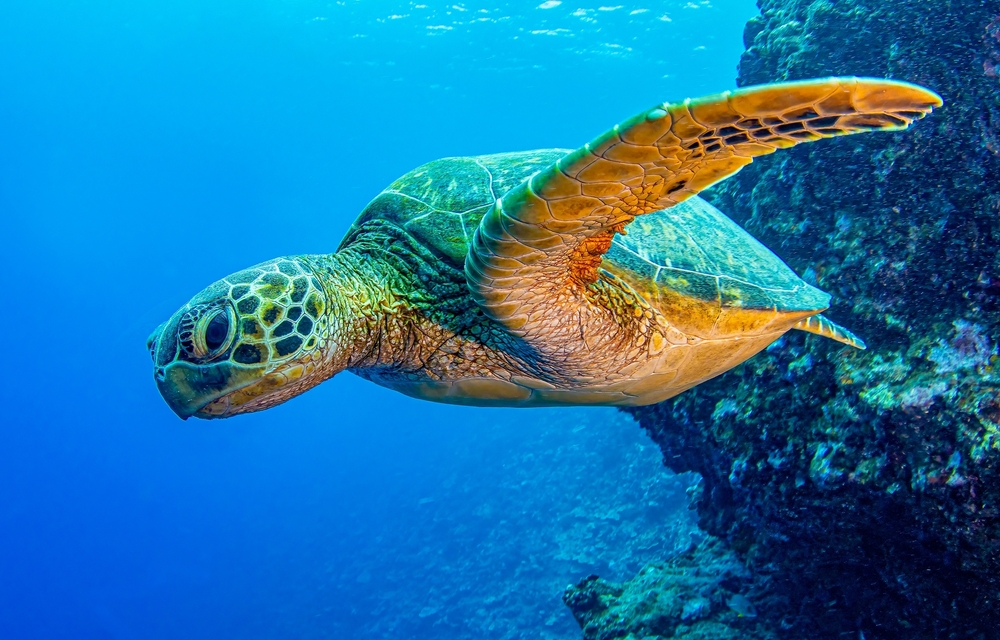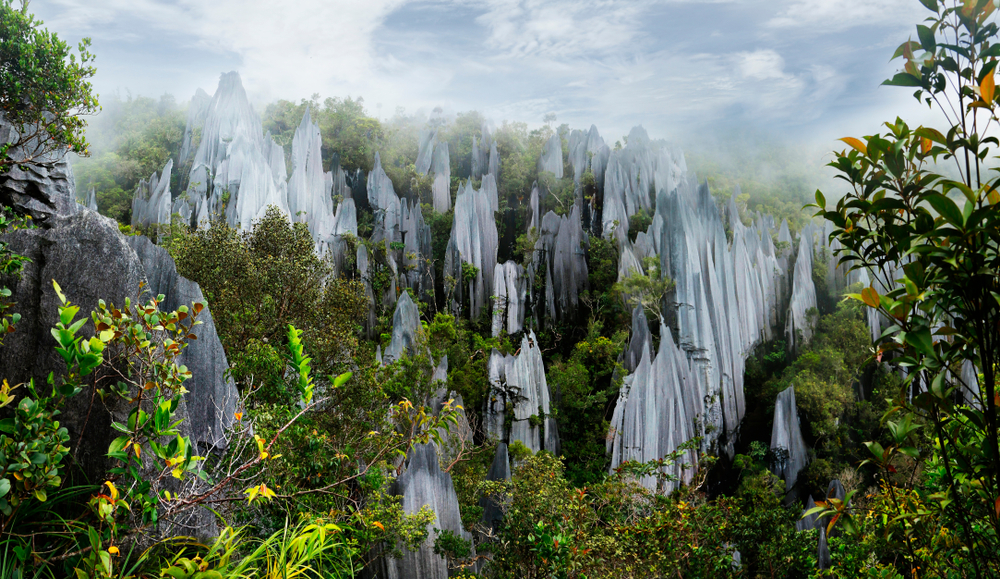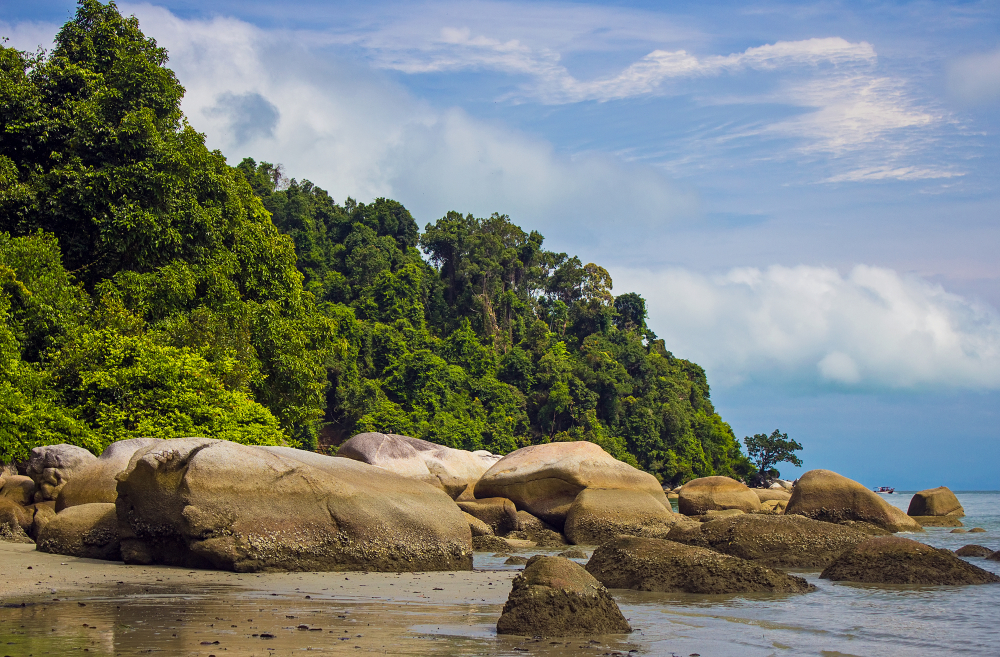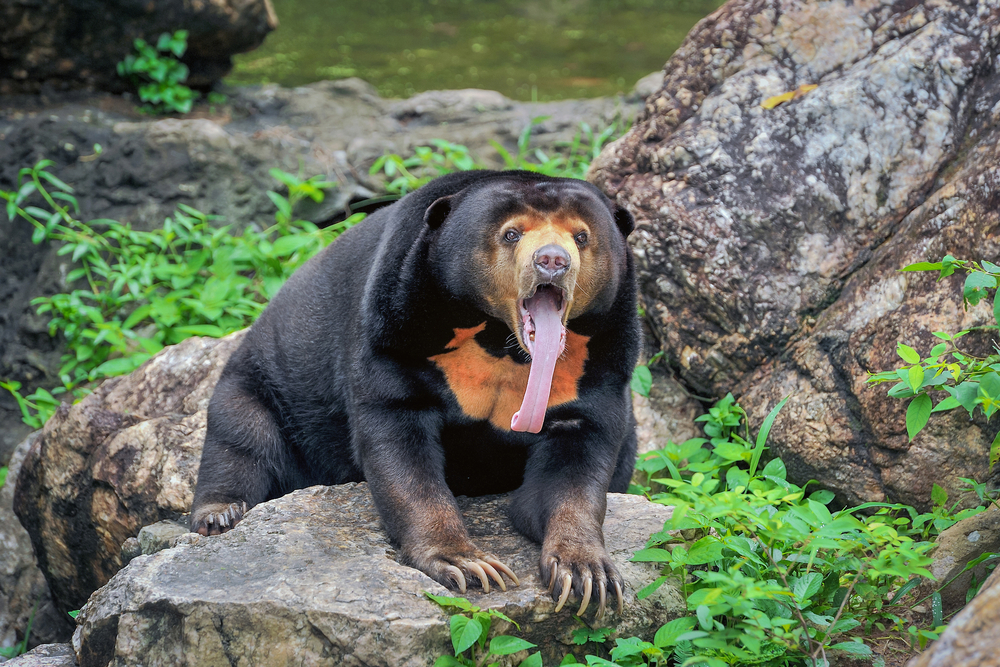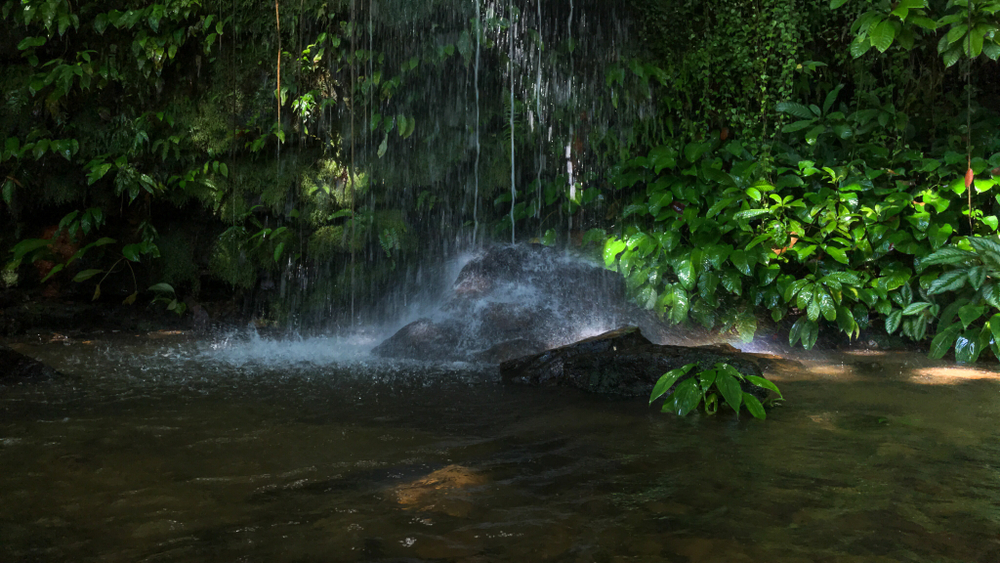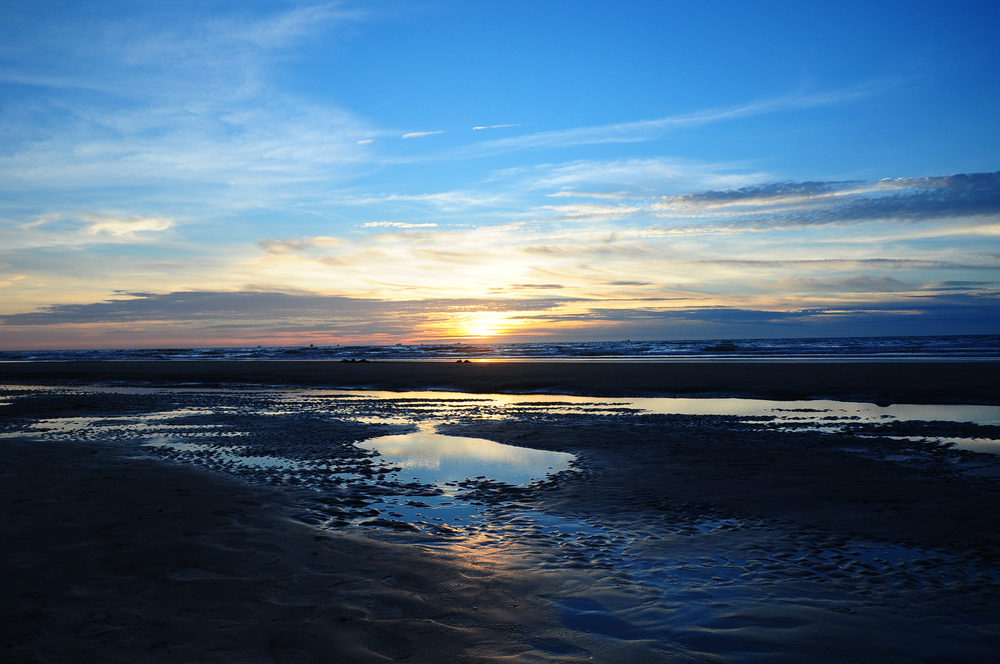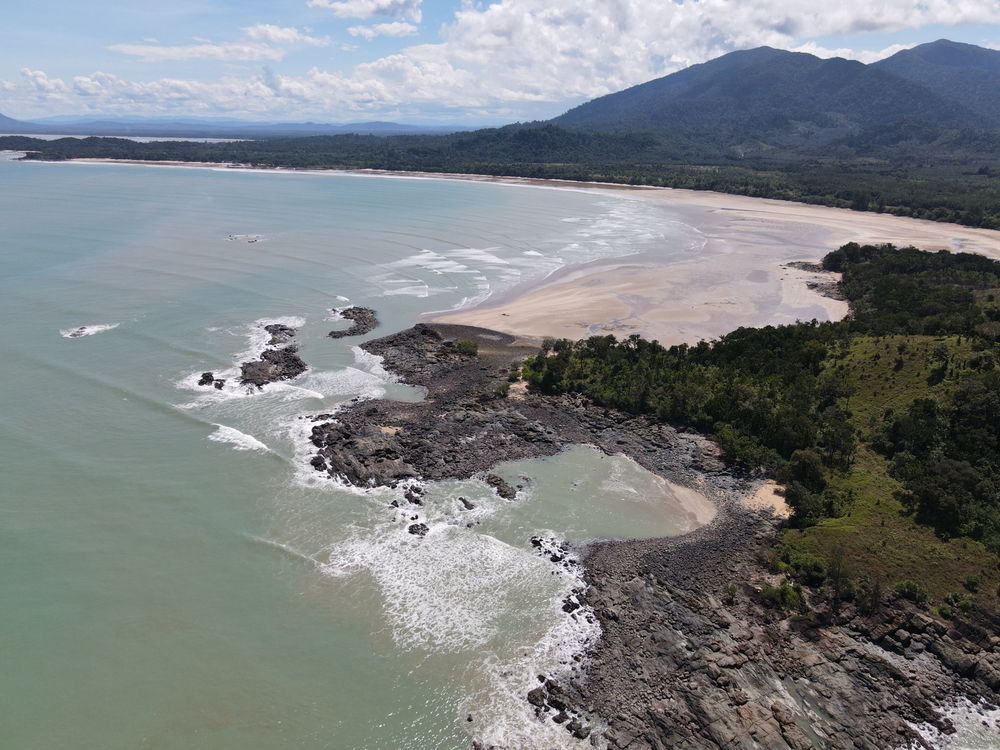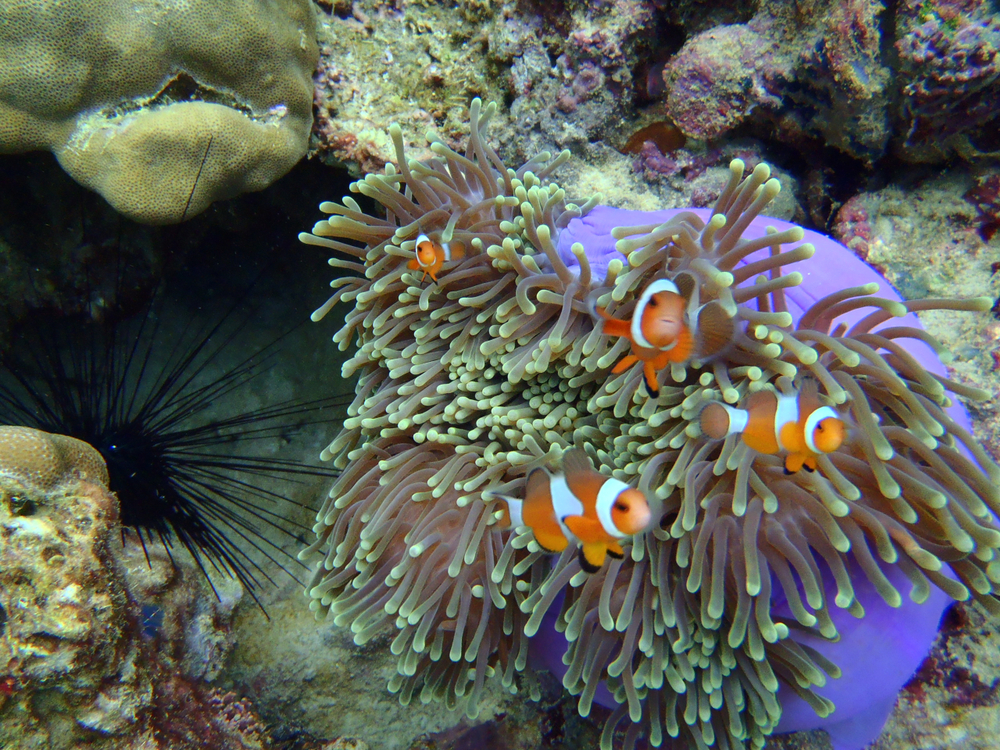Turtle Islands Overview
Turtle Islands National Park, known locally as Taman Pulau Penyu, is a stunning marine park located in the Sulu Sea, northeast of Sabah, Malaysia. Spanning an area of approximately 19.6 square kilometers (7.6 square miles), this park is composed of ten islands, with three—Selingan, Bakkungan Kechil, and Gulisaan—falling under Malaysian jurisdiction, while the remainder belongs to the Philippines.
This unique park is renowned for its significant role in the conservation of endangered sea turtles, providing a sanctuary for green turtles (Chelonia mydas) and hawksbill turtles (Eretmochelys imbricata). The park’s terrain features pristine white sandy beaches, shallow coral reefs, and turquoise waters teeming with life. Its lush vegetation includes mangrove forests and tropical shrubs that offer a serene and unspoiled environment for both marine and terrestrial species.
The islands are relatively flat, with the beaches serving as vital nesting grounds for sea turtles. Offshore, vibrant coral reefs and seagrass meadows provide essential feeding areas for marine life.
Wildlife enthusiasts visiting Turtle Islands National Park can witness a remarkable variety of species. The park’s main attraction is its sea turtles, which nest on its shores throughout the year, with peak seasons from July to October. Visitors may also spot other marine species, including colorful reef fish, crabs, and rays, while snorkeling or diving.
Birdwatchers can enjoy sightings of seabirds such as white-bellied sea eagles and pied imperial pigeons, which nest in the park’s trees and cliffs.
One of the park’s most popular features is the turtle hatchery on Selingan Island, where visitors can observe conservation efforts firsthand. Park rangers collect eggs laid by turtles to protect them from predators and ensure higher survival rates. Once hatched, baby turtles are released into the sea, offering an unforgettable experience for visitors. Additionally, snorkeling and diving opportunities abound, allowing guests to explore the park’s underwater wonders, including vibrant coral gardens and schools of tropical fish.
Conservation is at the heart of Turtle Islands National Park. It has been a key player in protecting endangered sea turtle populations, with strict measures in place to regulate human activity and ensure sustainable tourism. The Sabah Parks management team has successfully implemented turtle tagging programs and research initiatives that contribute to global conservation efforts. However, challenges such as illegal fishing, climate change, and pollution persist, requiring ongoing collaboration between Malaysia and the Philippines to protect this delicate ecosystem.
Turtle Islands National Park offers visitors an unparalleled chance to engage with nature while supporting critical conservation efforts. Whether observing the nesting of sea turtles, exploring vibrant marine habitats, or simply relaxing on the pristine beaches, the park provides a unique and memorable experience for all.








































































